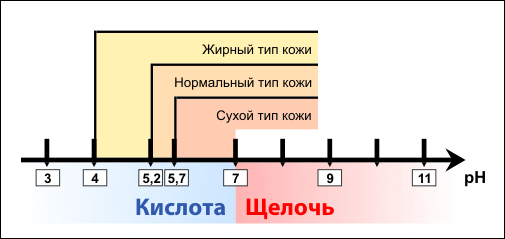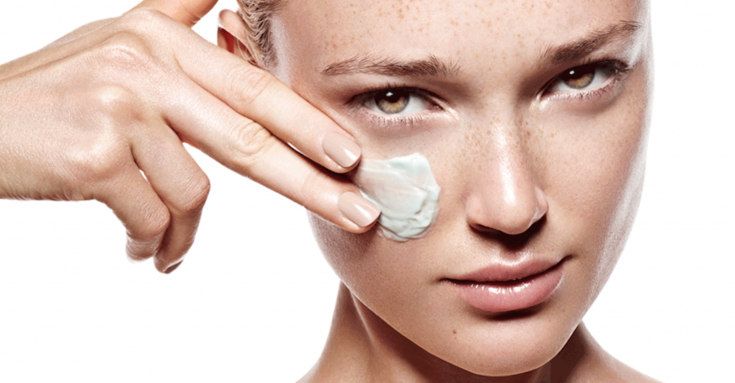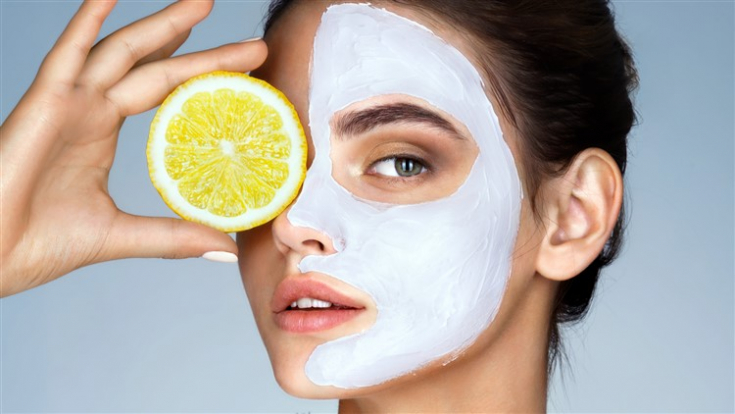Proper cleansing of the skin — This is the key to her health and beauty. Incorrect skin care can cause not only dryness and irritation of the skin, but also much more serious consequences for skin health.
Today, there are a large number of products for cleansing the skin, and it is very important for a doctor to understand the ingredients that make up their composition.
On estet-portal.com read what types of skin cleansing products are available today, and most importantly — which of them have the most gentle and gentle effect.
- Main types of skin cleansers
- Wide range of skin cleansing products
- Adverse effects of skin cleansers skin
The main types of skin cleansers
Skin cleansers can be divided into three main types:
• Actual soap, which consists of long-chain alkaline salts of fatty acids with a pH of 9 to 10.
Soap is the prototype of an anionic surfactant used in cleansers, which, despite its popularity, can cause dryness and irritation of the skin quite often.
• Syndet «Cindy-bars» - synthetic detergents. As the main ingredient, they contain soap-free synthetic surfactants such as fatty acid isothionates and sulfosuccinic acid esters. Synthetic surfactants, unlike soaps, are not produced by saponification, and their structure is often chosen to give the molecule specific properties.
Subscribe to our page on Facebook!

Synthetic detergents have a neutral or slightly acidic pH, are less irritating to the skin and do not form a soapy scale. Transmission electron microscopy showed that skin cleansed with synthetic detergents retained its water-lipid mantle less damaged than when soap was used. The relatively high content of free fatty acids in synthetic detergents provides a moisturizing effect that helps maintain skin hydration.
Galvanic facial cleansing: alkalis and currents for clean and beautiful skin
• Combars (complex detergents) consist of alkaline soap to which synthetic surfactants with a pH of 9-10 are added. These are gentler cleansers than real soaps, but provide a more thorough cleansing of the skin than synthetic detergents.
Wide range of skin cleansing products
Glycerine soaps are widely used in the cold season. They contain a moisturizer – glycerin, which resists the drying effects of soap.
Follow us on Instagram!
Soaps with excess fat contain high amounts of lipids such as triglycerides, lanolin , paraffin, stearic acid or mineral oils that provide a protective film on the skin.

Deodorant soaps / antibacterial soaps contain antibacterial agents such as triclosan and triclocarban to inhibit bacterial growth and thus odor.
Soaps to address dermatological problems may contain benzoyl peroxide, sulfur, salicylic acid.
Skin moisturizing soaps most often contain natural extracts, aloe, coconut oil, vitamin E.
Lipid-free cleansing lotions. They contain fatty alcohols and are suitable for people with sensitive or dry skin.
Liquid detergents are more convenient to use and usually contain milder surfactants and include more skin softening additives.
Adverse effects of skin cleansers
Harsh detergents such as soap have been known to cause:
• dry skin and flaking due to exposure to substances in cleansers such as acetone, alcohols and even non-ionic surfactants;
• skin irritation, erythema and itching that occurs after the use of aggressive soaps, and is mainly associated with damage to the skin barrier;
• allergic contact dermatitis resulting from skin exposure to fragrances, preservatives or dyes.The irritation potential of a cleanser may increase the longer it is left on the skin.
Many dermatologists believe that maintaining the physiological pH of the skin surface (4-6.5) during cleansing prevents the overgrowth of certain microorganisms, such as Propionibacterium acnes.
How to cleanse the skin of the face: the possibility of peeling
 Modern synthetic detergents and lipid-free cleaners have a neutral to slightly acidic pH that corresponds to the pH of the skin.
Modern synthetic detergents and lipid-free cleaners have a neutral to slightly acidic pH that corresponds to the pH of the skin.
Read also:
How to choose the right skin cleansers
More useful information on our channel in Youtube:






Add a comment